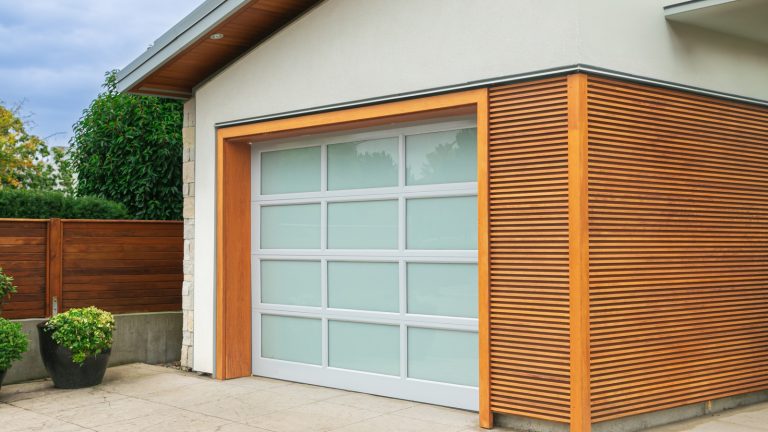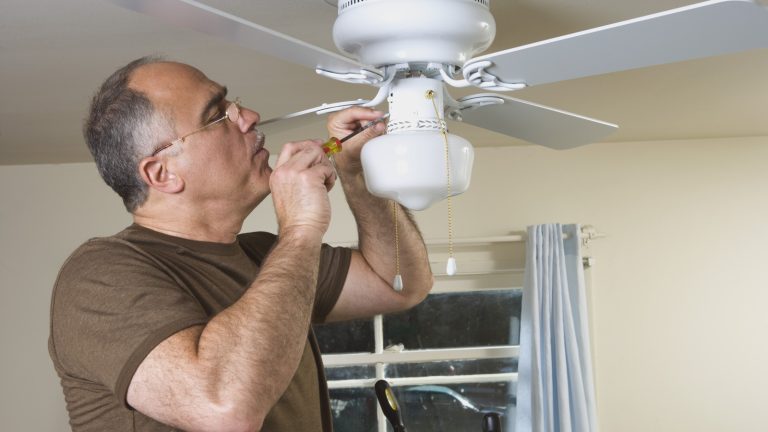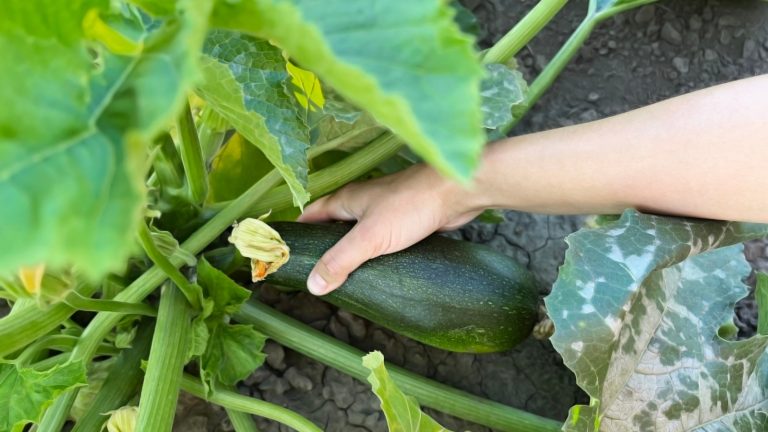
It’s often said that good fences make good neighbors. But can vinyl be considered a good choice for fencing?
Vinyl fencing is crafted from polyvinyl chloride, commonly known as PVC. Much like vinyl siding, vinyl fencing has become a familiar sight in our yards over the past few decades. It serves as an alternative to the traditional wooden fencing, and in that comparison—vinyl versus wood—the advantages and disadvantages are most apparent. Wooden fencing has been around for ages, and at some point in history, it likely replaced rock walls as a modern option.
In theory, fences can be made from almost any material, but when examining the most popular types of fencing, it’s clear that the 21st-century favorites are vinyl and wooden fences. To help you decide if vinyl fencing suits your needs, let’s explore what sets vinyl apart from wood and evaluate its benefits and drawbacks.
The advantages of PVC vinyl fencing: Longevity and low maintenance
After years of popularity, the benefits of vinyl fencing have become clear. The first is its longevity. While unexpected weather events could potentially damage vinyl fencing, it often has a lifespan of up to 40 years. No one expects a wooden fence to last that long. One of the key advantages of vinyl fencing is that during its extended lifespan, it requires minimal maintenance. Just wash it occasionally with soap and water, rinse with a hose, and you’re done. It doesn’t need painting, and you won’t have to worry about splinters.
Although white is the most common color for vinyl fencing, PVC can be manufactured in a variety of colors. Consequently, you’ll find vinyl fencing in a wide range of shades, such as dark brown, light brown, gray, green, beige, and more. These colors remain vibrant for years, eliminating the need for painting. The variety of styles and design options is equally extensive, from privacy fence panels to decorative post finials to lattice work. Some vinyl fencing is even designed to mimic the appearance of wooden fences.
Considering all these factors, it’s easy to understand why many homeowners find vinyl fencing attractive. However, while vinyl fencing may last “forever,” it also has its downsides.
The downsides of vinyl fencing: Environmental impact and cost
Through experience, you may have realized that perfect solutions are rare. While all the advantages mentioned earlier are true, there are some downsides to vinyl as well. For instance, vinyl isn’t exactly eco-friendly. Compared to wooden fences, PVC fences have a larger carbon footprint. The energy and chemicals involved in their production are substantial. Wood, being a natural material, stores carbon, and when discarded, it decomposes with environmental benefits. Vinyl is recyclable, but it must be sent to recycling facilities that handle vinyl, and not all do. While there isn’t a specific study on the amount of vinyl fencing ending up in landfills each year, it’s reasonable to assume that the figure is significant.
Apart from environmental concerns, PVC vinyl fencing has other issues. Although it’s durable, it can still fracture. When this occurs, repairs can be costly, as you often need to replace an entire panel. In contrast, fixing a damaged wood fence typically involves replacing just a few boards.
Now, let’s focus on cost for a moment. If you want to avoid expensive future repairs, you’ll need to invest in more robust (thicker) vinyl, which increases the installation cost. This is significant considering that vinyl fencing is relatively expensive to purchase and install. For a typical installation, you can expect to pay between $3,000 and $7,000 for vinyl, compared to just under $2,000 to about $5,000 for a wooden fence. To be fair, the price difference may balance out over time due to the maintenance required for wood, but it’s important to consider the upfront cost when making your decision.






